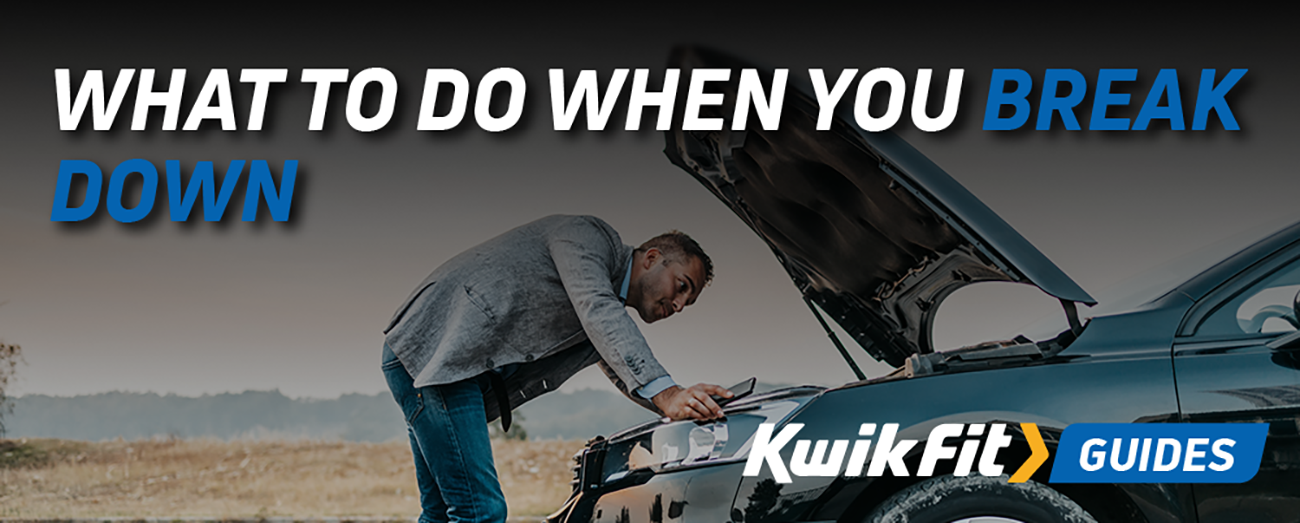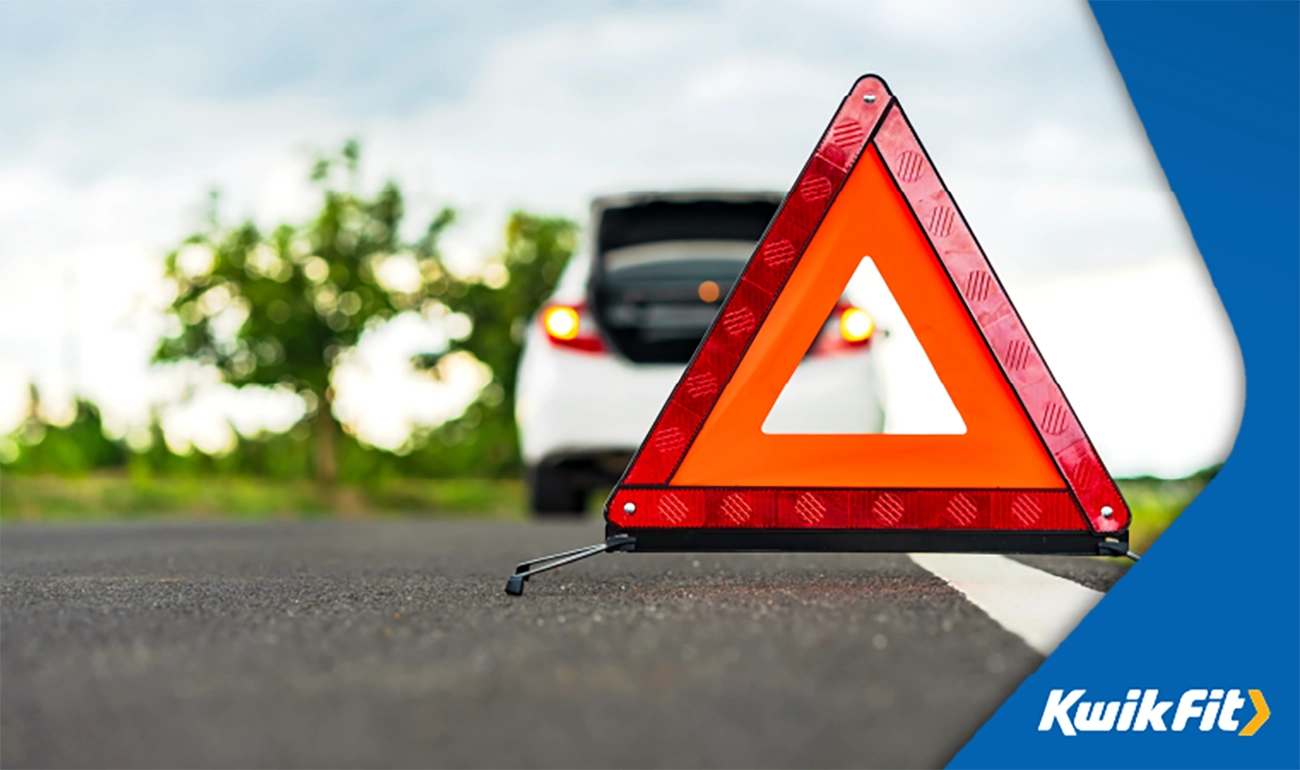What to Do When You Break Down
A 6-step guide to help you navigate your next break down

- Stay calm, pull over to a safe location, and keep your hazard lights on.
- Exit your vehicle safely from the passenger side, wearing a high visibility vest. Stand behind a barrier if possible.
- Contact your breakdown provider; give them as much detail as possible regarding your situation.
- If your car poses a threat or hazard to yourself or other drivers, then call emergency services.
- Whilst you wait, stay alert and make sure you donít turn your back against the road and remain far behind the barrier. Do not attempt to fix your car.
- Stay prepared for future break downs by making a kit that includes high visibility jackets, a warning triangle, a torch, and spare tyres with a jack.
When your car breaks down on the road, it can be a very frightening and frustrating experience. Whether you only wanted to do the weekly shop or you were on your way to work, thereís never a good time to find out thereís something wrong with your car.
Make sure to stay calm and think clearly, prioritising your safety at all times. To help you prepare for the unfortunate event of a breakdown, weíve put together some simple steps below.
Stay calm and assess the situation
Breakdowns are surprisingly common and, though your instinct may be to panic, staying calm and being able to assess the situation will keep you safe in these situations.
Consider your surroundings and pull over to a safe location as soon as you can. If possible, pull into the closest service station, as this will be a less hazardous place to stop. If youíre not close enough to a service station, pull over onto the hard shoulder with your car and wheels as far to the left as possible. Keep your hazard lights onó if it is dark, you can also use your side lights.
Prioritise your safety
Next, exit your vehicle safely by leaving from the passenger side. Wear a high-visibility vest if you have one. If you donít already keep one of these vests in your car, it is essential that you get one for these types of situations. Ideally, there would be enough for every passenger too.
Once youíve safely exited your vehicle, make sure you stand away from the traffic, even if it is quiet on the road. If possible, stand behind the barrier on the verge, placing a good distance between you and the road.
Breaking down on different types of roads
Whilst motorways have a hard shoulder for you to use in an emergency, other roads arenít as accommodating. If youíre in a rural area, there are increased risks of poor lighting and sharp bends, so just pull over to the left as far as you can and contact the emergency services.
For a busy city road, pull over to a spot away from the main road if possible. If you canít do this, then, again, park as far left as you can with your hazard lights on. You will need to alert traffic wardens or the police if you are holding up traffic.
Arrange for help
Now that youíre as safe as possible, it is time to call your breakdown recovery service. Whilst it is not a legal requirement to have breakdown cover for your car, it is highly recommended that you do so to avoid emergency call-out charges.
Give your car recovery service as much detail as you can about the situation and be as exact as you can with the location and what appears to be wrong with your vehicle.
Unsure of your location?
If youíre not entirely sure of where you are, look for motorway or road signs, or use location-sharing apps like Google Maps or What3Words to help you if you have a signal.
Know when to call emergency services
In serious breakdown situations, you may need to call emergency services. If your car is blocking traffic or poses a hazard, you will need to call the police or the fire brigade.
Most breakdowns wonít need the assistance of the emergency services, but if your instinct is telling you there is a danger posed to yourself or other drivers, it might be time to get some reassurance or some support to keep you safe.







